What to Do After a Motorcycle Crash
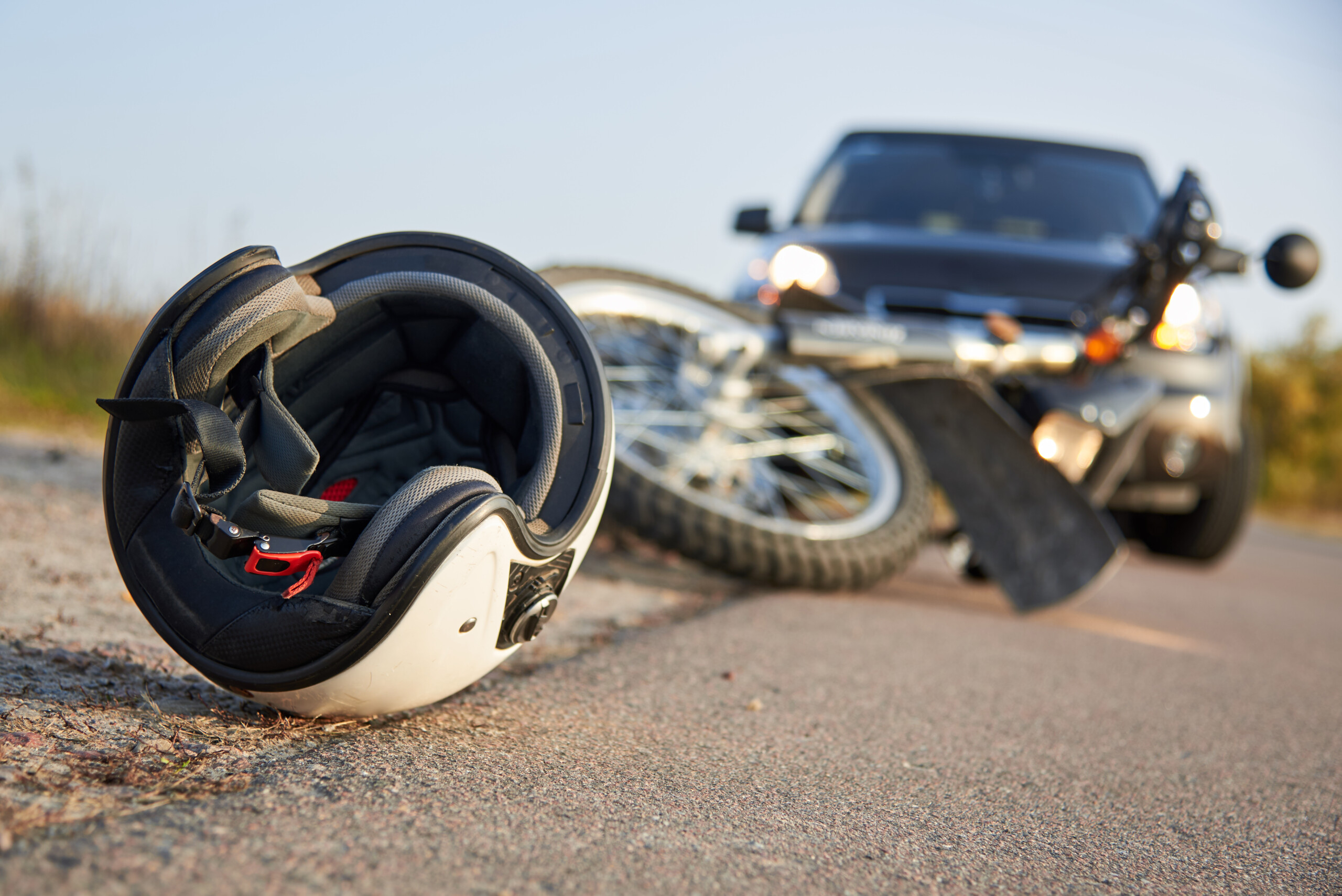
Being involved in a motorcycle crash can be a shocking and stressful experience. Whether it’s a minor fall or a more serious accident, knowing what to do in the aftermath is crucial for ensuring your safety and the safety of others.
1. Stay Calm and Assess Your Condition
1.1. Check for Injuries: After a crash, the first priority is to assess your physical condition. Check for any injuries, even if you feel fine initially. Adrenaline may mask pain, so take a moment to determine if you’re hurt. If you suspect serious injuries (e.g., head, spine, or major fractures), stay still and wait for help.
1.2. Move to Safety (If Possible): If you’re in the middle of the road and can safely move, get yourself and your bike out of harm’s way to avoid further accidents. Try to move to the side of the road or a safe area if you’re not seriously injured.
2. Check on Others Involved
2.1. Ensure Their Safety: If others were involved in the crash, check to see if they are okay. Offer help if needed, but avoid moving anyone who may have serious injuries unless they are in immediate danger (e.g., fire or oncoming traffic).
2.2. Prevent Further Incidents: If possible, set up hazard lights, warning triangles, or flares to alert other drivers to the accident. This can prevent further collisions, especially on busy roads.
3. Call Emergency Services
3.1. Call for Medical Help: If anyone is injured, immediately call emergency services (911 or the appropriate local emergency number). Provide them with details about the crash location, the number of people involved, and the severity of any injuries.
3.2. Contact the Police: Even if the accident seems minor, it’s important to report it to the police. A police report can be crucial for insurance claims and legal purposes. Cooperate with the officers and provide a clear and accurate account of what happened.
4. Document the Scene
4.1. Take Photos: Use your phone to take pictures of the crash scene, including the position of the vehicles, road conditions, damage to your bike, and any visible injuries. These photos can be useful for insurance claims and in case of legal disputes.
4.2. Collect Witness Information: If there are any witnesses to the accident, get their contact information. Their statements may help clarify what happened and support your case if needed.
4.3. Exchange Information: Exchange contact and insurance information with any other parties involved in the crash. This includes names, phone numbers, driver’s license numbers, and insurance details.
5. Seek Medical Attention
5.1. Get a Medical Check-Up: Even if you feel fine, it’s important to seek medical attention after a crash. Some injuries, like concussions or internal bleeding, may not be immediately apparent. A medical professional can assess your condition and provide a report, which may be important for insurance claims.
5.2. Follow Up on Injuries: If you do have any injuries, follow your doctor’s advice on treatment and recovery. Keep records of your medical visits and any treatments you receive, as these will be essential for filing insurance claims.
6. Notify Your Insurance Company
6.1. Report the Accident: Contact your insurance company as soon as possible after the crash. Provide them with all the details of the accident, including photos, witness information, and the police report number.
6.2. File a Claim: Work with your insurance company to file a claim for damages to your motorcycle and any medical expenses. Be honest and thorough in your account of the accident to avoid complications with the claim.
7. Legal Considerations
7.1. Consult a Lawyer (if necessary): If the crash resulted in significant damage or injuries, or if you’re having trouble with the insurance process, it may be beneficial to consult a lawyer who specializes in motorcycle accidents. They can help you navigate the legal aspects and ensure you receive fair compensation.
7.2. Keep Records: Maintain all records related to the accident, including medical bills, repair estimates, and communications with your insurance company. These can be helpful if disputes arise later.
8. Inspect and Repair Your Motorcycle
8.1. Get a Professional Inspection: Even if your bike appears to have only minor damage, have it inspected by a professional mechanic. Hidden issues, such as frame damage or mechanical failures, may not be immediately visible.
8.2. Make Necessary Repairs: Get estimates for repairs and have your motorcycle fixed at a reputable shop. Keep receipts and records of all repairs, as you may need to submit them to your insurance company.
A motorcycle crash can be a frightening experience, but knowing what to do afterward can help ensure your safety, protect your rights, and get you back on the road sooner. Stay calm, seek medical attention, report the accident, and follow through with insurance and legal processes. By following these steps, you’ll be better equipped to handle the aftermath of a crash in a safe and organized manner.
Similar Advices


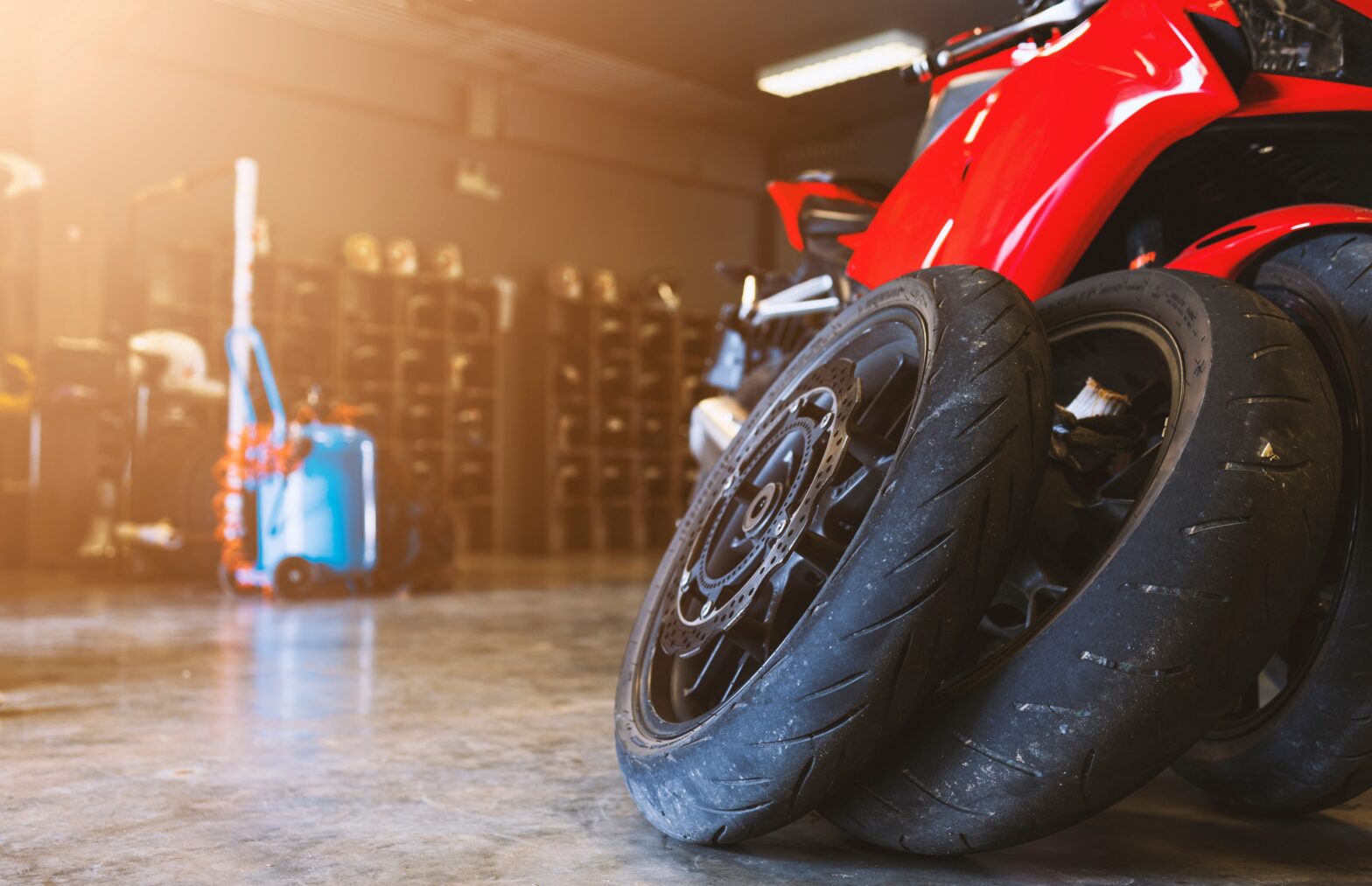

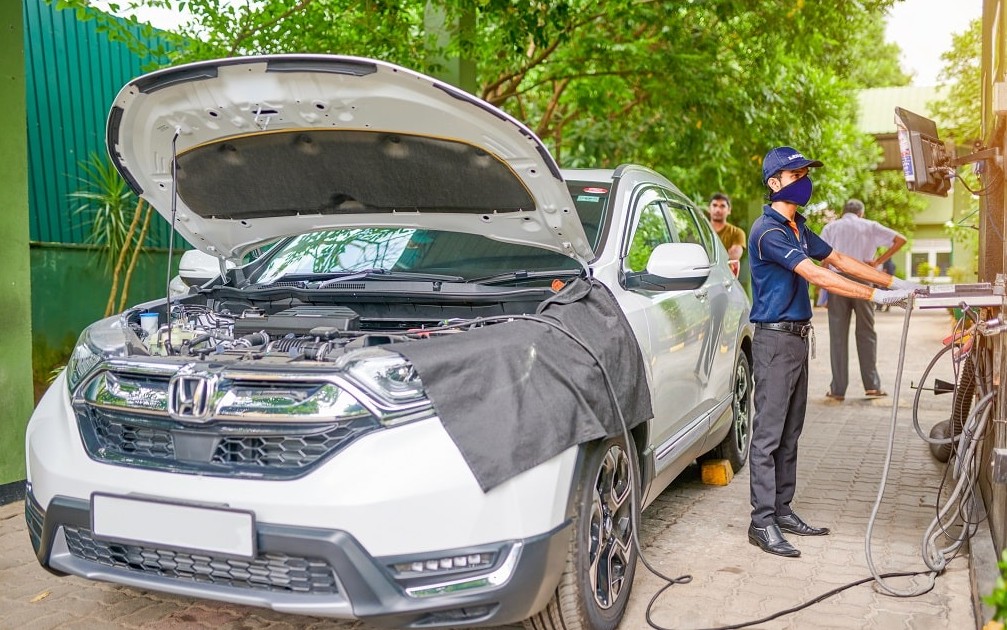
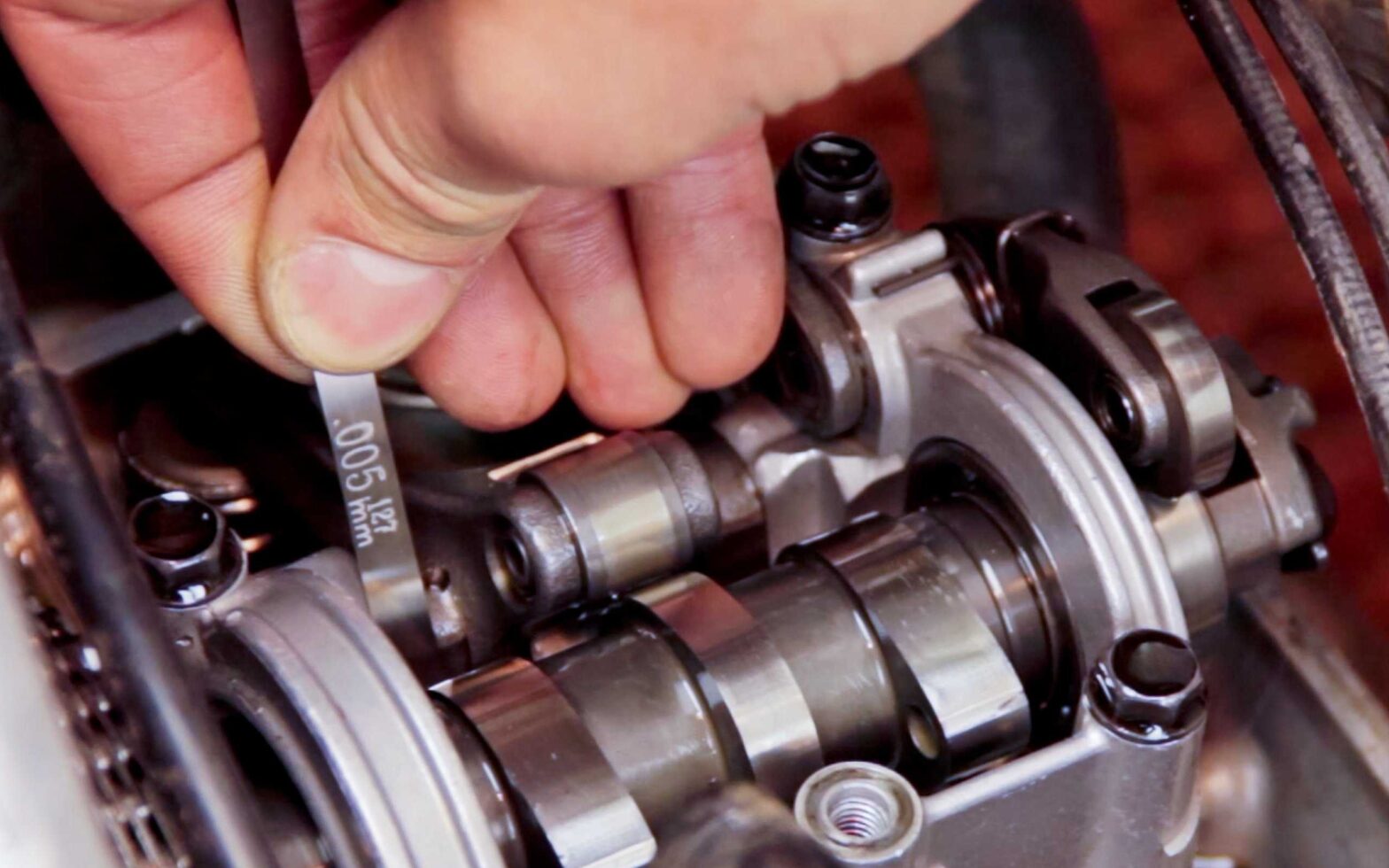
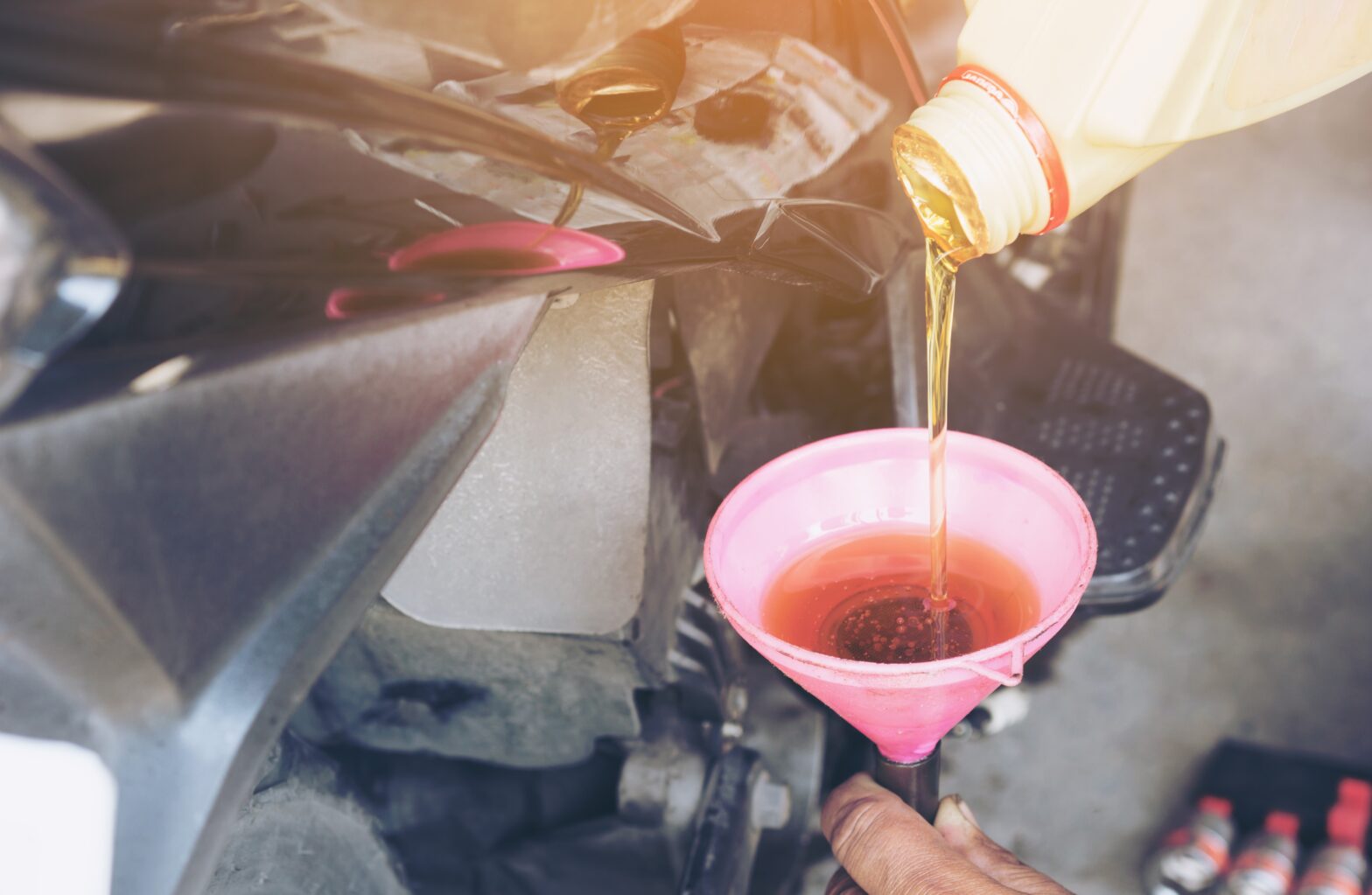

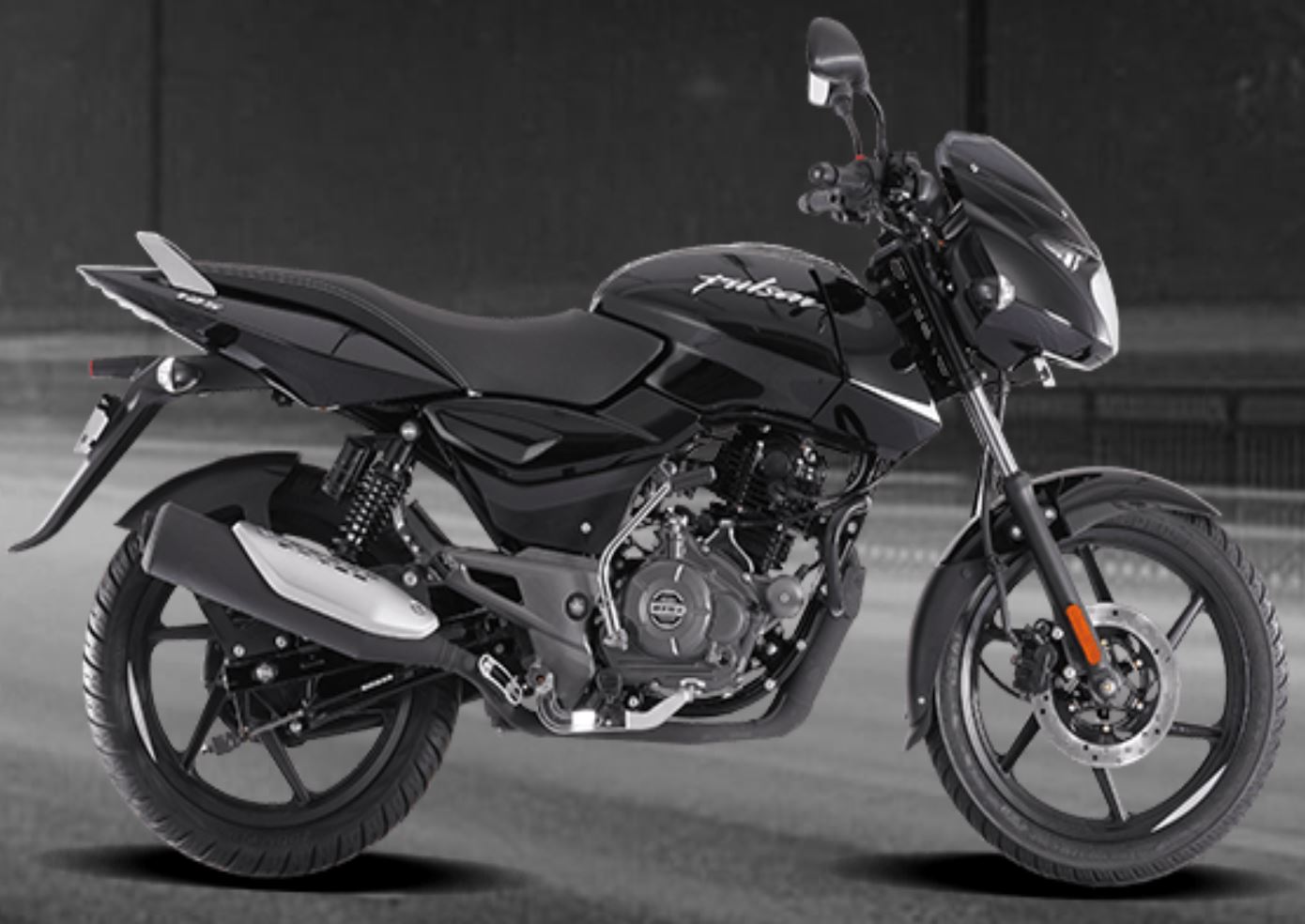
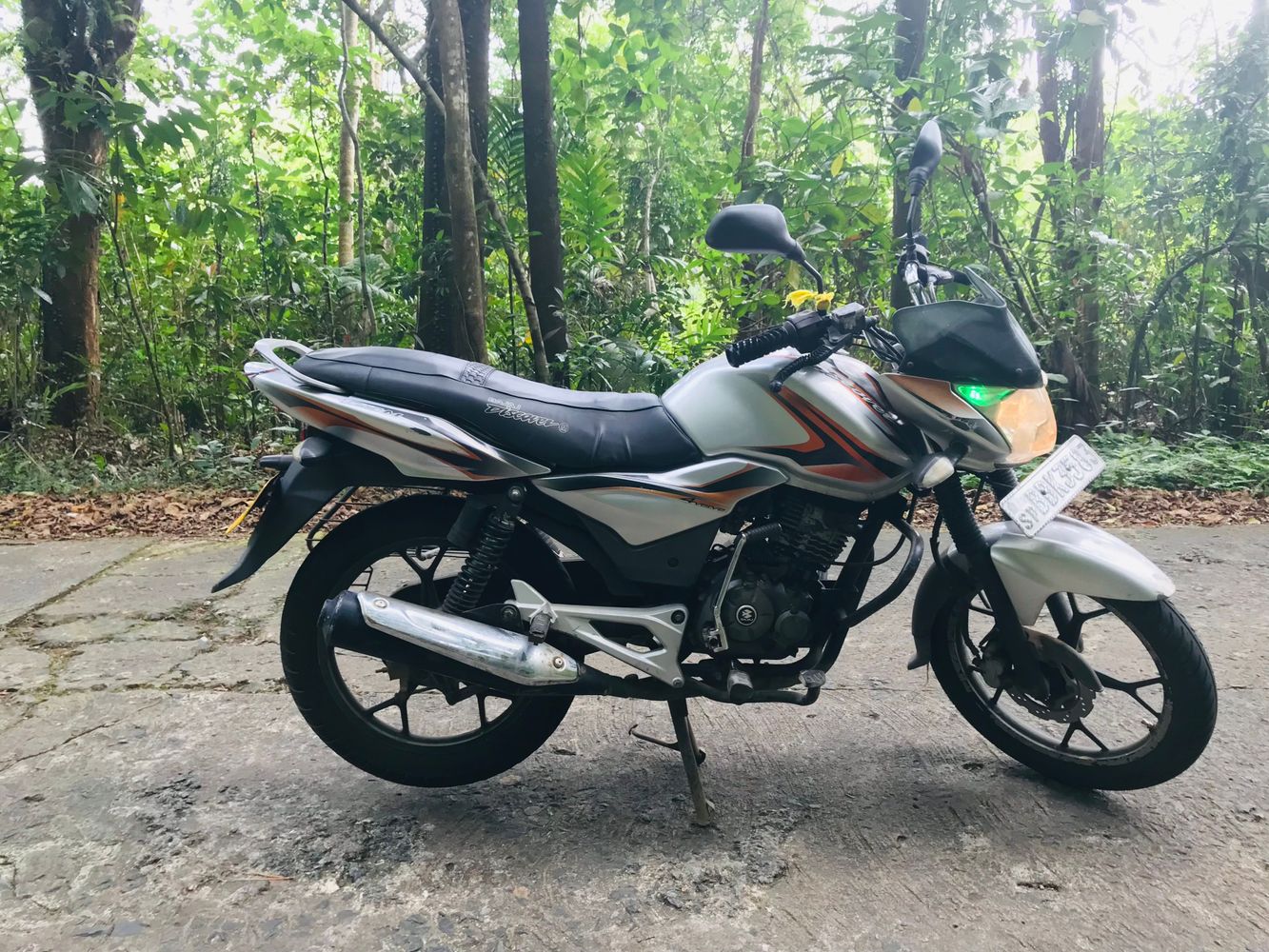
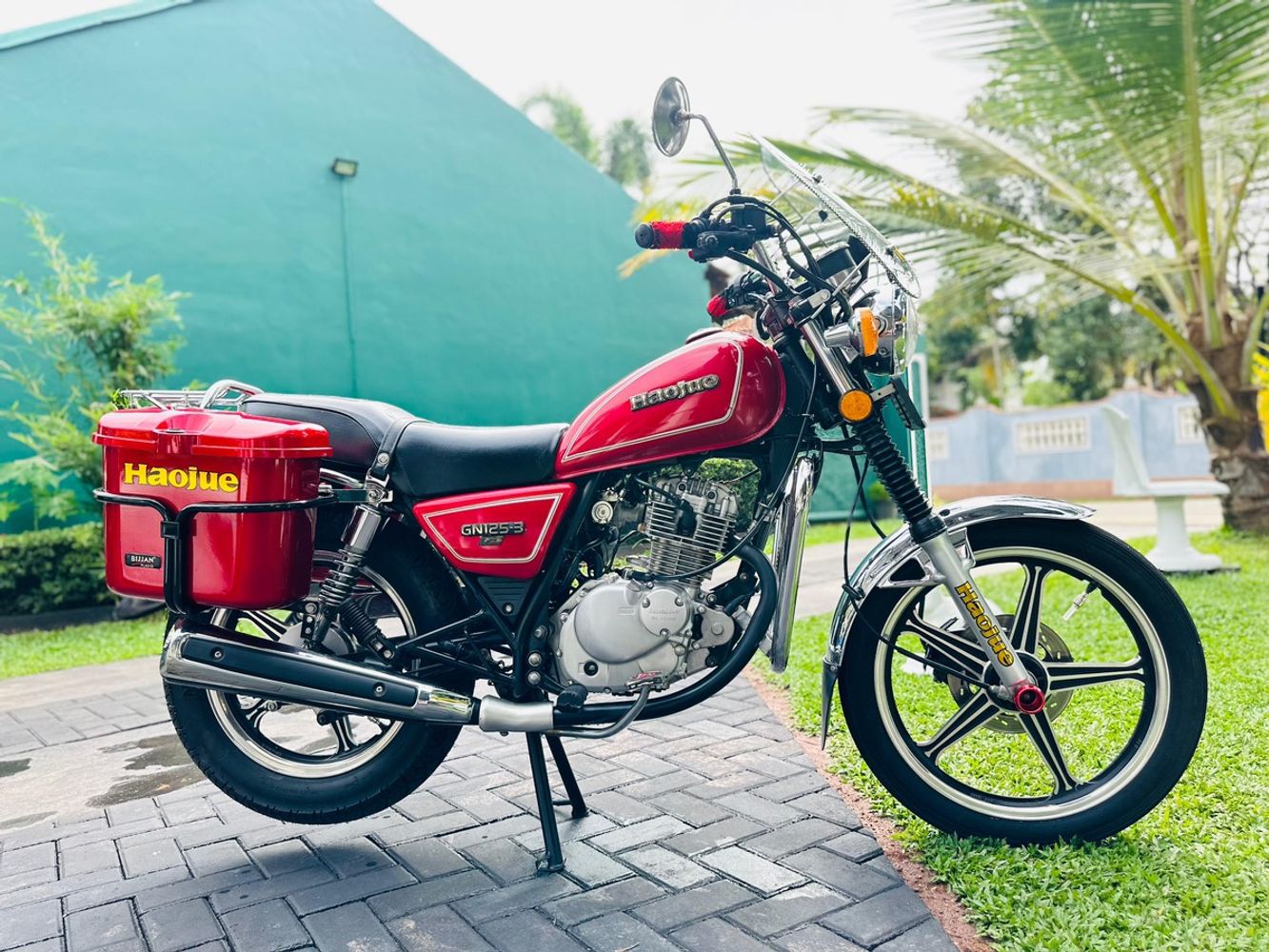
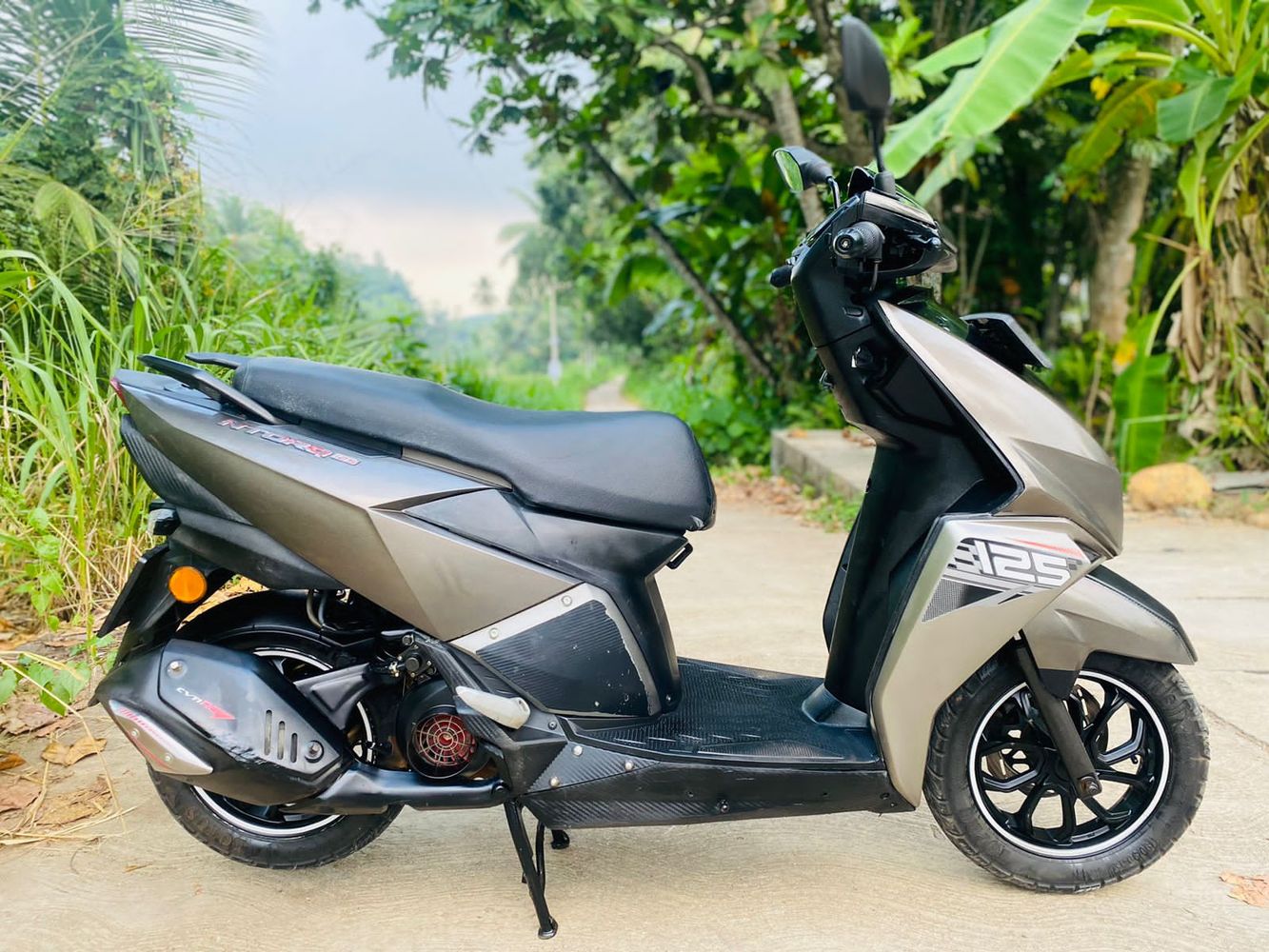
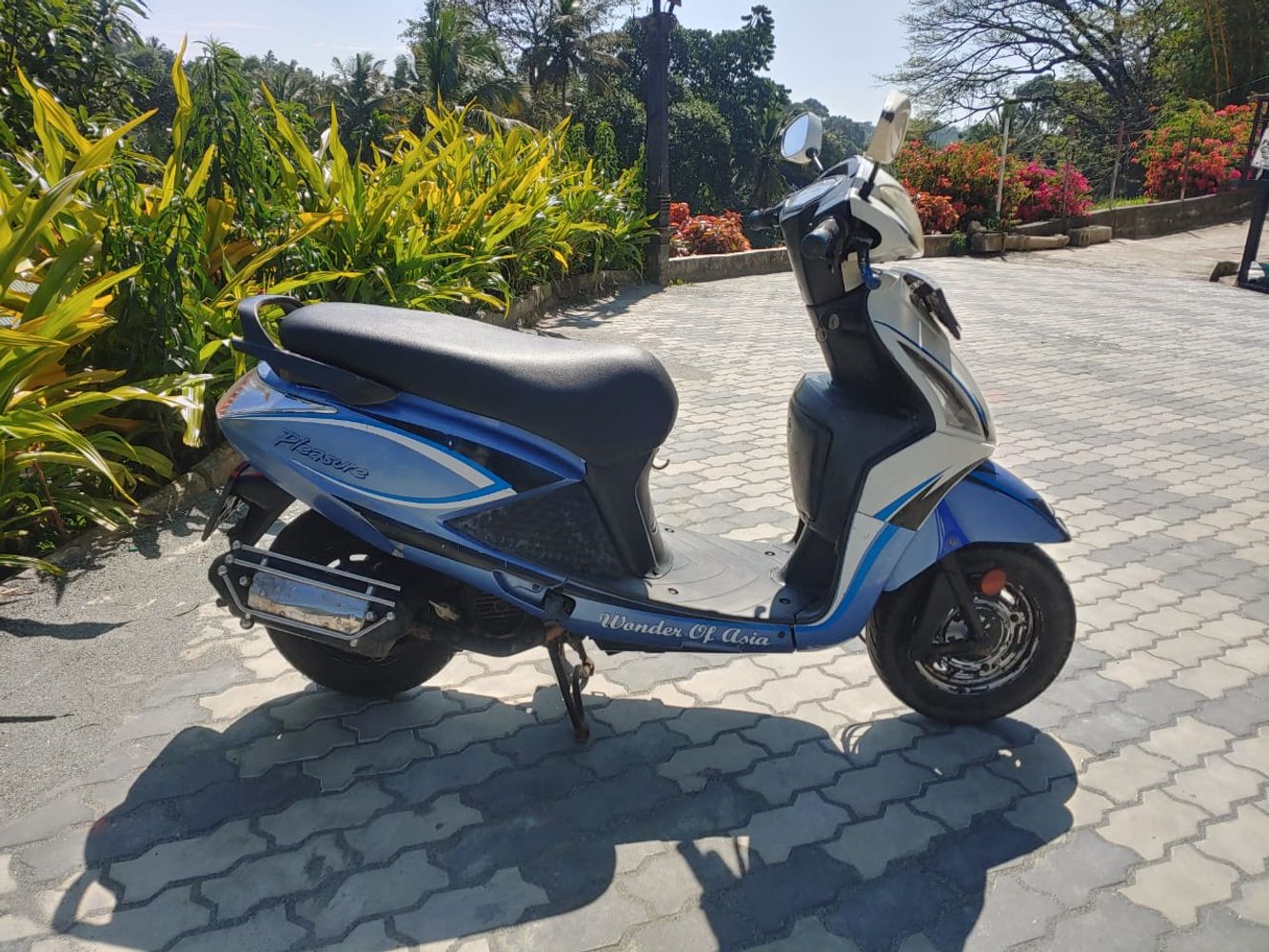
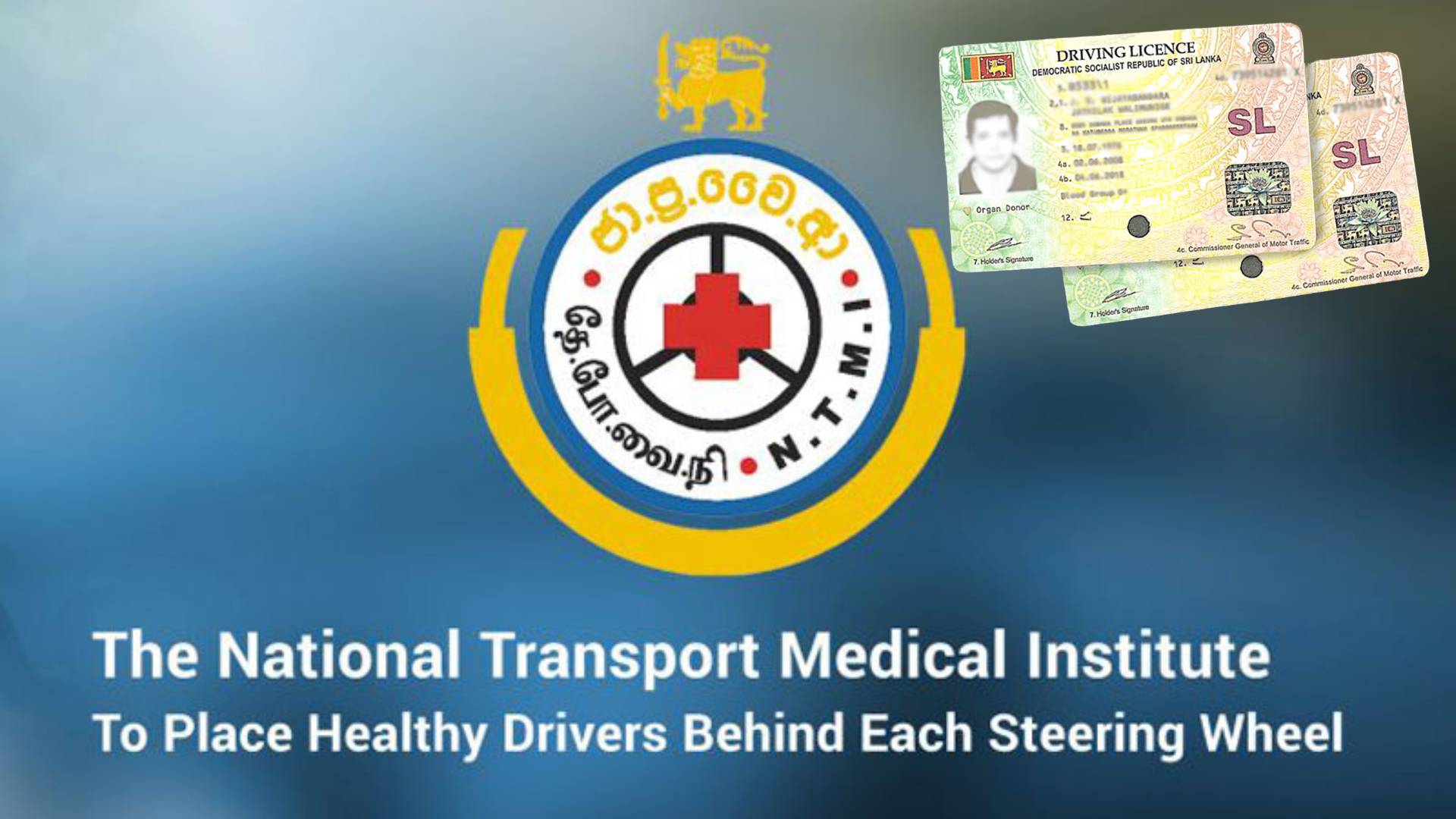
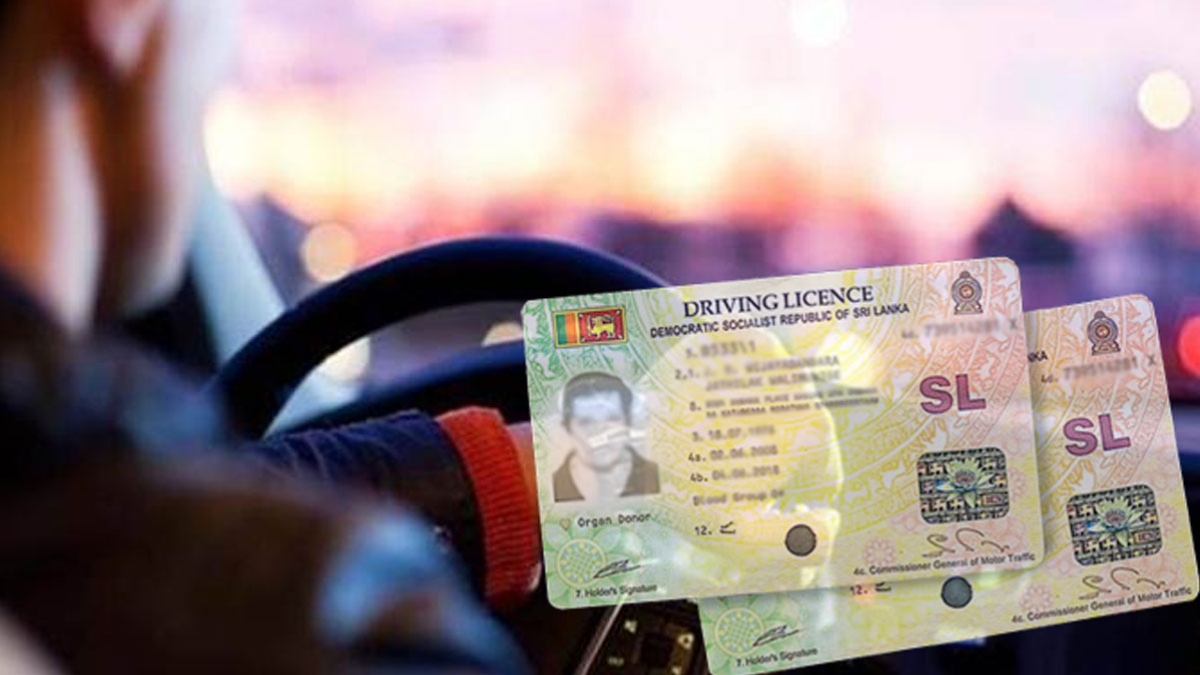


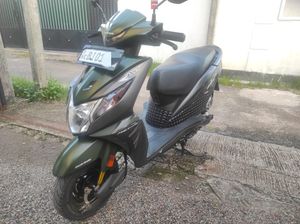

 MEMBER
MEMBER 


